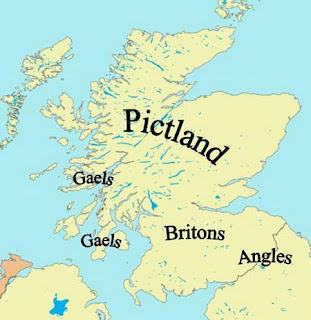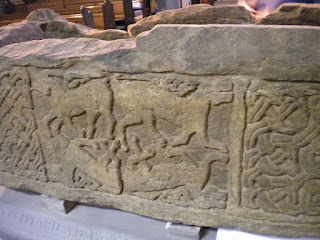Donald Cargill

THE COVENANTING MINISTER OF THE BARONY. One of the four central prominent preachers around whom traditions of the Covenanters are clustered was the minister of the Barony parish of Glasgow. Cameron, Cargill, Peden, and Renwick uttered no uncertain sound at that crisis of Scotland's history. Whilst Peden barely escaped a bloody death, the other three were called upon to lay down their lives for the cause, Cargill and Renwick on the scaffold, and Cameron on the battlefield. Donald Cargill had no other charge than the Barony; and by his brave unflinching testimony during the darkest hour, not only served his own day and generation, but it is to him and such as he, that his fellow-citizens of Glasgow and of Scotland owe their civil and religious liberty. Cargill was born about 1610, of a respected family in the parish of Rattray. Schooled at Aberdeen and St Andrews College, he was called to be minister of the Barony parish of Glasgow. Upon the 26th May following, the day appointed to...



